Historical milestone
Talking about the first flight after independence day, Mr. Uong Viet Dung said that right after Saigon was liberated, on May 1, 1975, the MI-6 helicopter flown by the crew of comrade Le Dinh Ky - the first aircraft painted with the insignia of the Vietnam People's Air Force - landed at Tan Son Nhat airport, carrying a very large national flag to plant on the roof of the Independence Palace.
Next, a delegation of technical officers from the Air Force, including technical officers from the Technical Department of Brigade 919 led by comrade Nguyen Van Chung, arrived at Tan Son Nhat airport to take over the technical center of Saigon civil aviation.
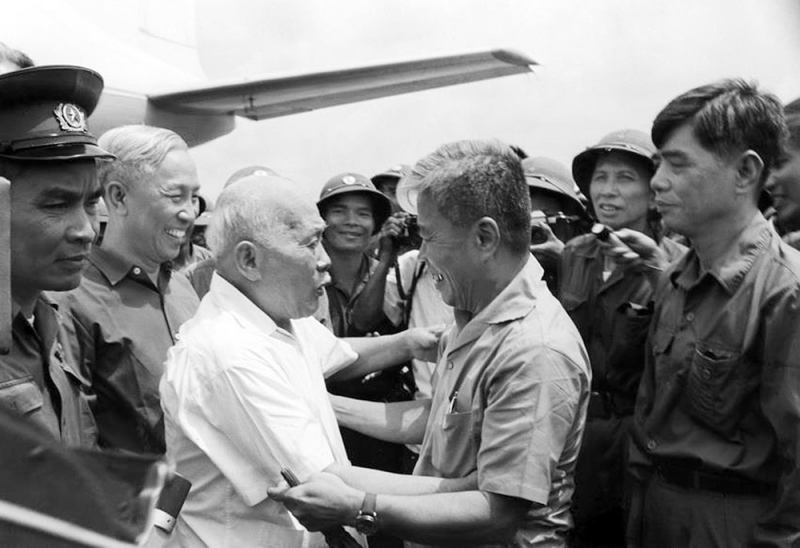
On May 13, 1975, the IL-18 aircraft with registration number VN195 of Vietnam Civil Aviation took off from Gia Lam airport and flew straight to Tan Son Nhat airport, bringingPresident Ton Duc Thang and the delegation of the Party and State to Saigon for the first time to attend the celebration of the victory of the liberation of the South and the reunification of the country.
The Director of the Civil Aviation Authority of Vietnam said that this flight, in addition to carrying Uncle Ton and National Assembly Chairman Truong Chinh, also included high-ranking leaders such as Prime Minister Pham Van Dong and many Politburo members. In total, nearly 40 people went to Saigon to attend the victory celebration and the reunification of the country. That flight was recorded by poet To Huu with the following emotional lines: “ Remembering the morning when Saigon was liberated/My brother got off the plane, opened his arms to embrace the whole South ”, in the atmosphere of “the streets singing half happily, half sadly” of the joy of reunification.
It must be said that the first flights had a historical significance. That moment not only marked the seamless connection between the North and the South after many years of separation, but also demonstrated the great joy of the reunification day and the determination of the Party and State to build the country. The rapid restoration of the North-South flight route had an extremely important political and economic significance, contributing to promoting the process of national reunification and development.
After the liberation of the South, Vietnam recovered a large number of military and civilian aircraft and airports, but also faced many difficulties. Major airports such as Tan Son Nhat, Da Nang and other local airports were also taken over. However, airport infrastructure and equipment were severely damaged by the war. Many aircraft needed repair and maintenance to be able to operate again. Air traffic control equipment and other support systems also needed to be restored.
Understanding its mission, the Vietnamese aviation industry has quickly deployed repair, maintenance and restoration activities for infrastructure and equipment. Engineers and technicians have worked tirelessly to bring airports and aircraft back into operation. Restoring flight routes and increasing flight frequencies are top priorities to meet people's travel needs and serve economic development. Repairing and reusing captured aircraft is also being promoted. Repairing and reusing existing airports has helped Vietnam quickly rebuild civil aviation routes.
After completing the takeover and restoration of the airports, the Vietnamese civil aviation industry quickly increased the frequency of flights between Hanoi and Ho Chi Minh City. In addition, new routes were also opened, connecting Ho Chi Minh City with other localities across the country, meeting the increasing travel needs of the people.
However, in the early stages after liberation, air travel may still have certain limitations, with priority given to officials, civil servants and those with official duties. After a while, when the situation stabilizes, air ticket sales will gradually be expanded to all citizens.
The dream of millions of people has come true
After April 30, 1975, the travel needs of Party, State, and Army leaders, as well as the need to transport cadres, soldiers, wounded soldiers, goods, and medicine between the two regions were very large. The main airports were restored to ensure normal operations, and the communication system was repaired and ensured smooth traffic from North to South.
The Saigon Air Traffic Control Center (ACC) was put into operation, studying and adjusting the flight route map in the southern airspace and air traffic control regulations. Regular flights on the schedule Hanoi - Tan Son Nhat - Hanoi and Hanoi - Da Nang - Tan Son Nhat - Da Nang - Hanoi have started operating.
However, it was not until March 20, 1976 that the General Department of Civil Aviation of Vietnam (February 11, 1976) sent a report to the Government Council requesting the opening of domestic flights on the Hanoi - Ho Chi Minh City, Hanoi - Da Nang, Ho Chi Minh City - Da Lat, Hanoi - Na San - Dien Bien Phu routes and requested early sale of passenger tickets and cargo fares.
On August 20, 1976, the State officially allowed the Civil Aviation industry to sell passenger tickets and freight. At this time, ticket sales only served a limited number of subjects according to regulations, with many strict and complicated inspection and control procedures. Officials, employees, and soldiers on business trips had to be assigned by the ministry or equivalent agency.
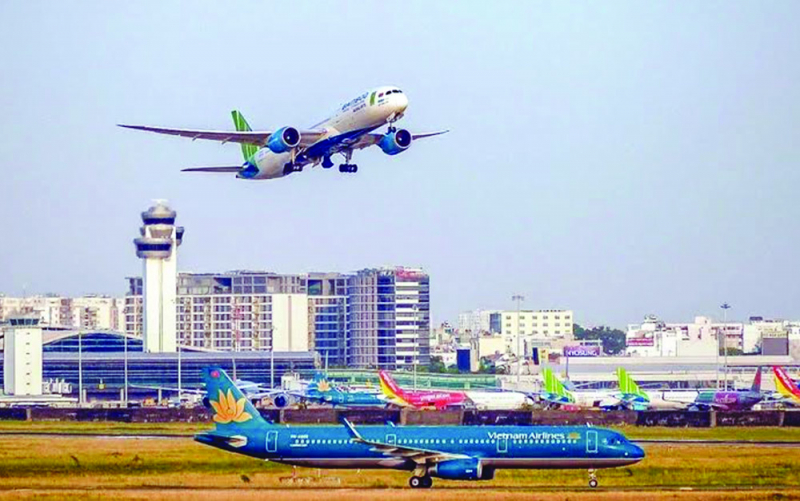
Through the historical moment, up to now, the Vietnamese aviation industry has achieved impressive milestones. “We do not want to use the word “lightning speed”, although this is a very good word that General Vo Nguyen Giap used in the historic telegram on April 7, 1975. We believe that the development of the industry in recent years has been very fast and strong, this is clearly demonstrated”, Director Uong Viet Dung expressed, and he cited: That is the entry into the market of low-cost airlines such as Vietjet Air has created strong competition, significantly reducing airfares. This has opened up opportunities for many people, including those with low incomes, to experience aviation services.
That is, Vietnamese airlines have continuously expanded their domestic and international flight networks, connecting more localities and countries. This creates favorable conditions for travel, tourism and trade. The number of air passengers has grown strongly over the years, showing the popularity of aviation services. Even low-income people can easily access and experience this service. In short, the above factors have contributed to the strong development of the Vietnamese aviation industry, making the dream of flying in the sky a reality for many people.
From having only one flight per day with only one airline, Vietnam now has 5 Vietnamese airlines: Vietnam Airlines, Pacific Airlines, VietJet Air, Bamboo Airways, Vietravel Airlines operating the Vietnamese aviation market with 66 domestic routes. Vietnamese airlines and 78 foreign airlines operate more than 159 regular international routes and charter flights. The international flight network connects Vietnam's international airports to 39 countries and territories around the world, from regions in Asia including Southeast Asia, Northeast Asia, South Asia, Central Asia, the Middle East to countries in Europe, Africa, North America and Australia.
In the next medium-term period, air transport will maintain the growth rate for the Vietnamese air transport market, striving to achieve a growth rate of 8%-10%/year, in which, by 2025, the total aviation market target will reach 84.2 million passengers and 1.4 million tons of cargo (an increase of 10% in passengers and 14% in cargo compared to 2024). The growth of more than 8% in passengers is a feasible and positive goal, contributing to the country's GDP growth. This development not only comes from big cities but also spreads to localities, contributing to promoting regional socio-economic development...
Source: https://cand.com.vn/Giao-thong/tu-chuyen-bay-bac-nam-dau-tien-den-su-vuon-minh-ngoan-muc-i766663/



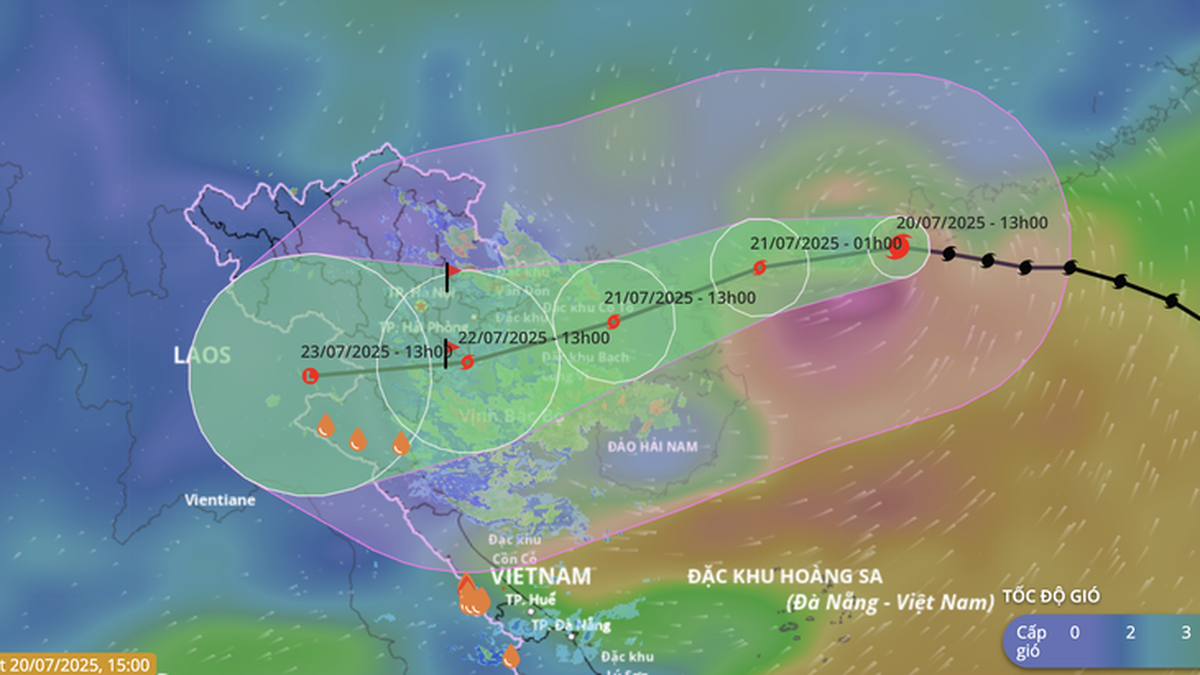
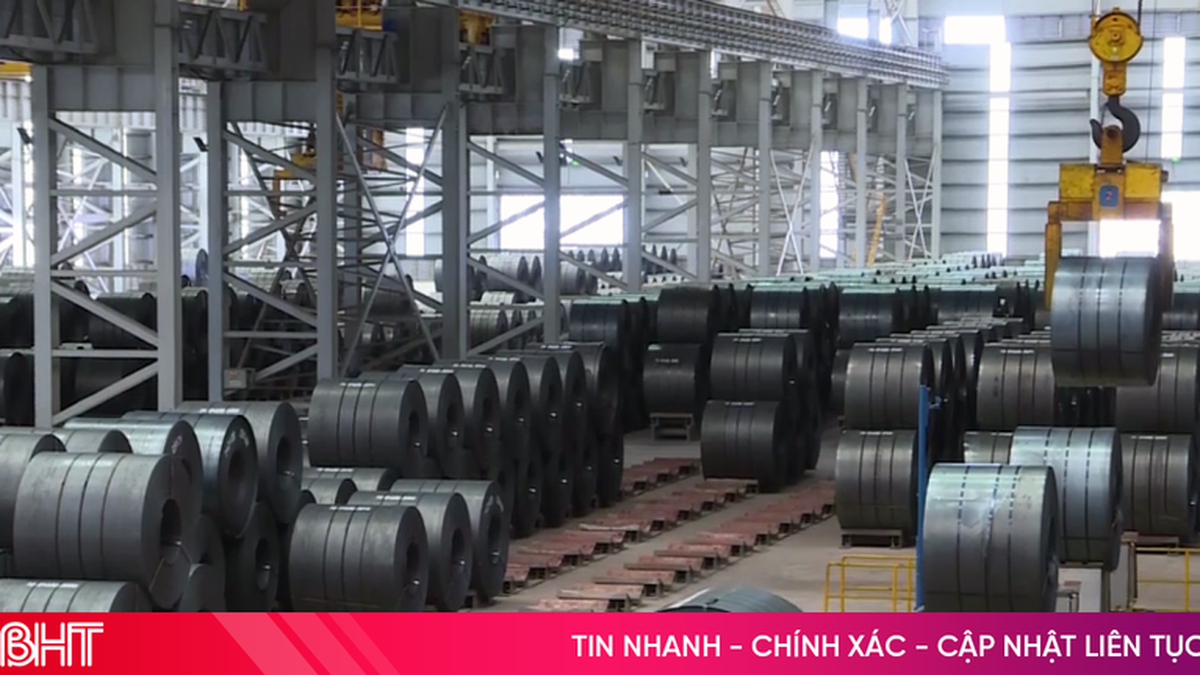


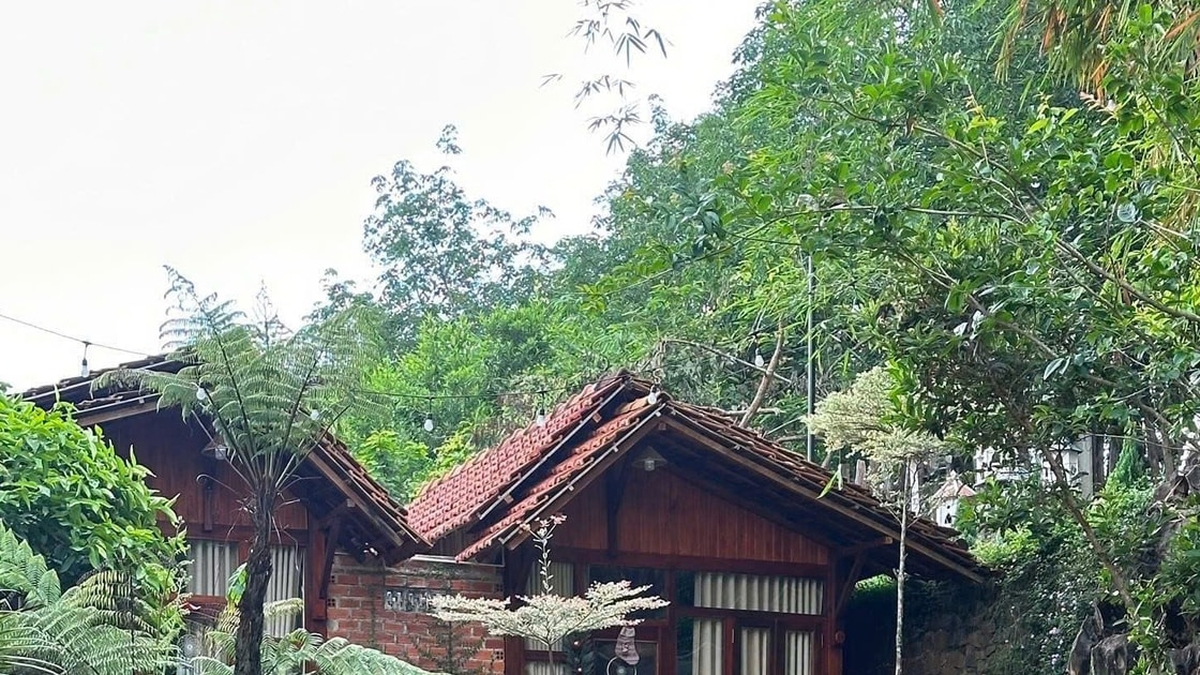

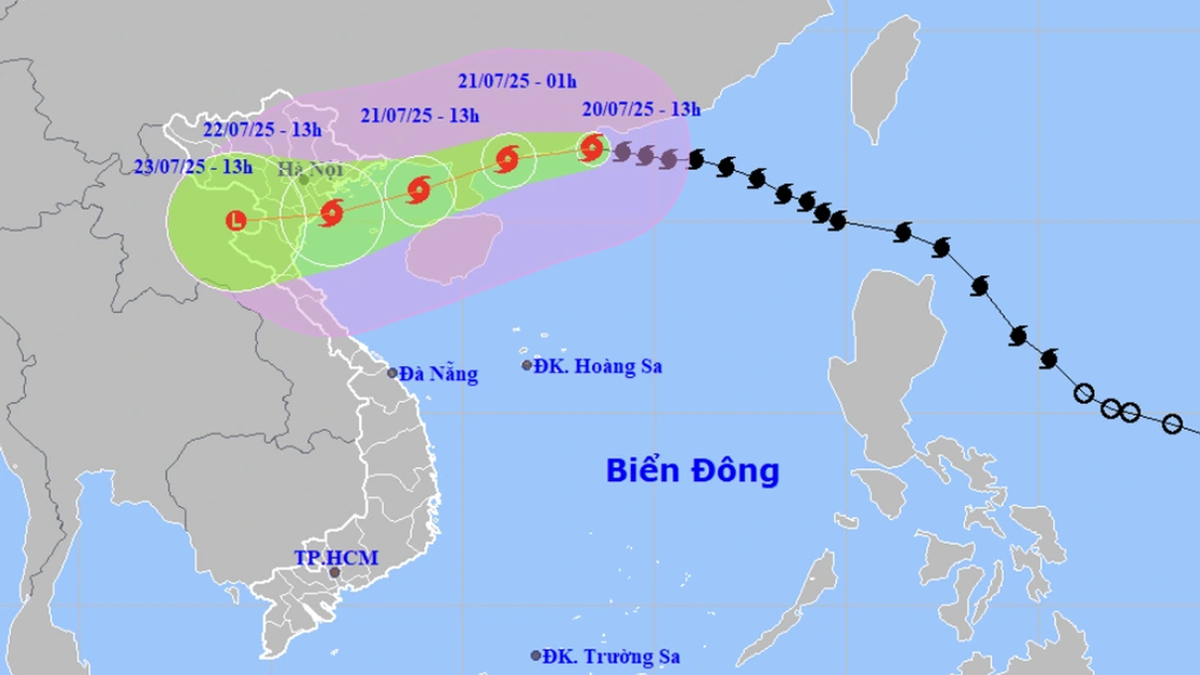
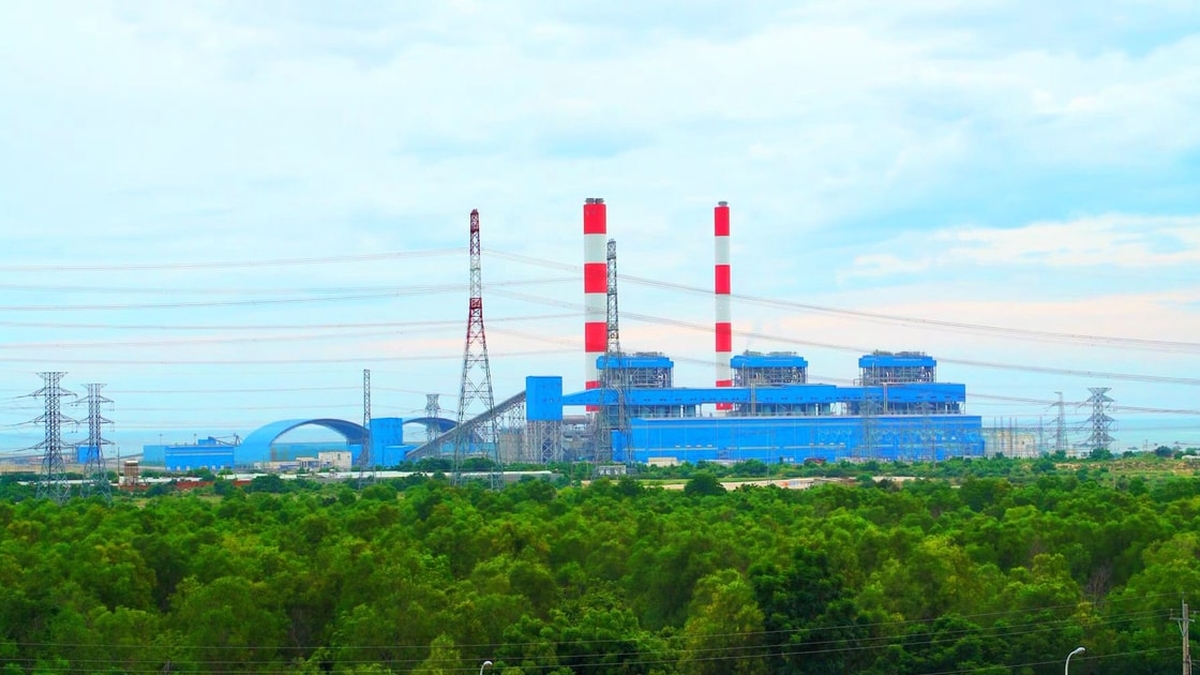
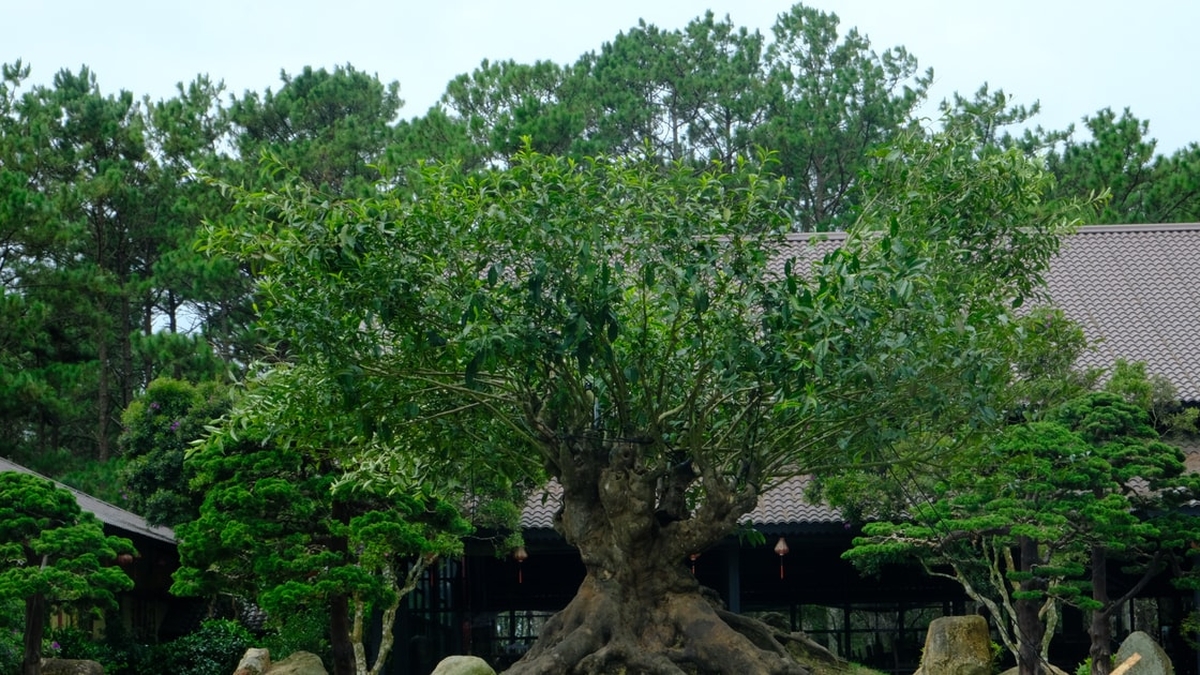













![[Photo] National Assembly Chairman Tran Thanh Man visits Vietnamese Heroic Mother Ta Thi Tran](https://vphoto.vietnam.vn/thumb/1200x675/vietnam/resource/IMAGE/2025/7/20/765c0bd057dd44ad83ab89fe0255b783)






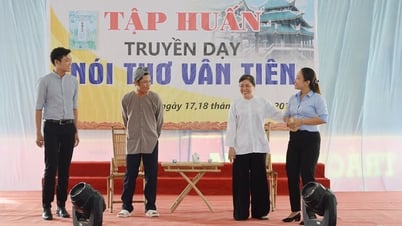



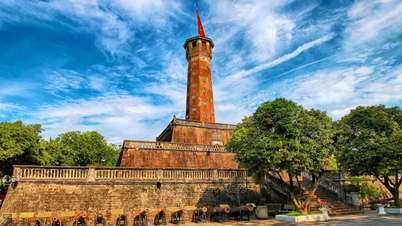























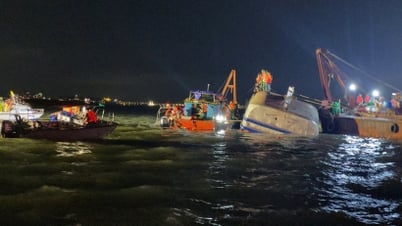
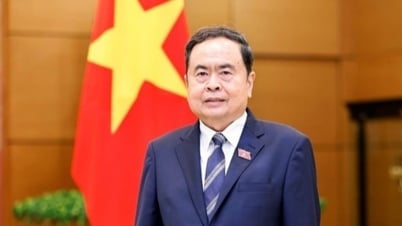

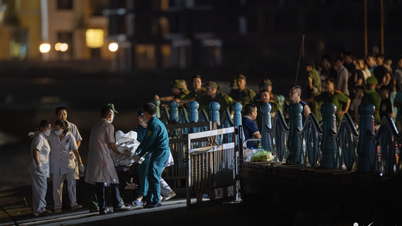
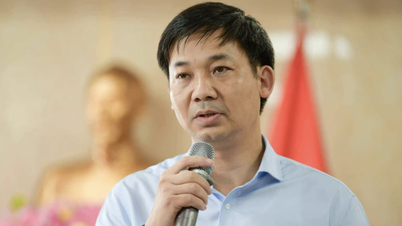
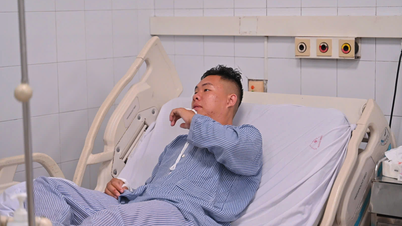
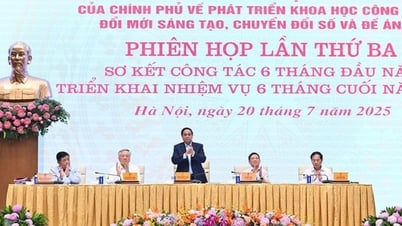































Comment (0)